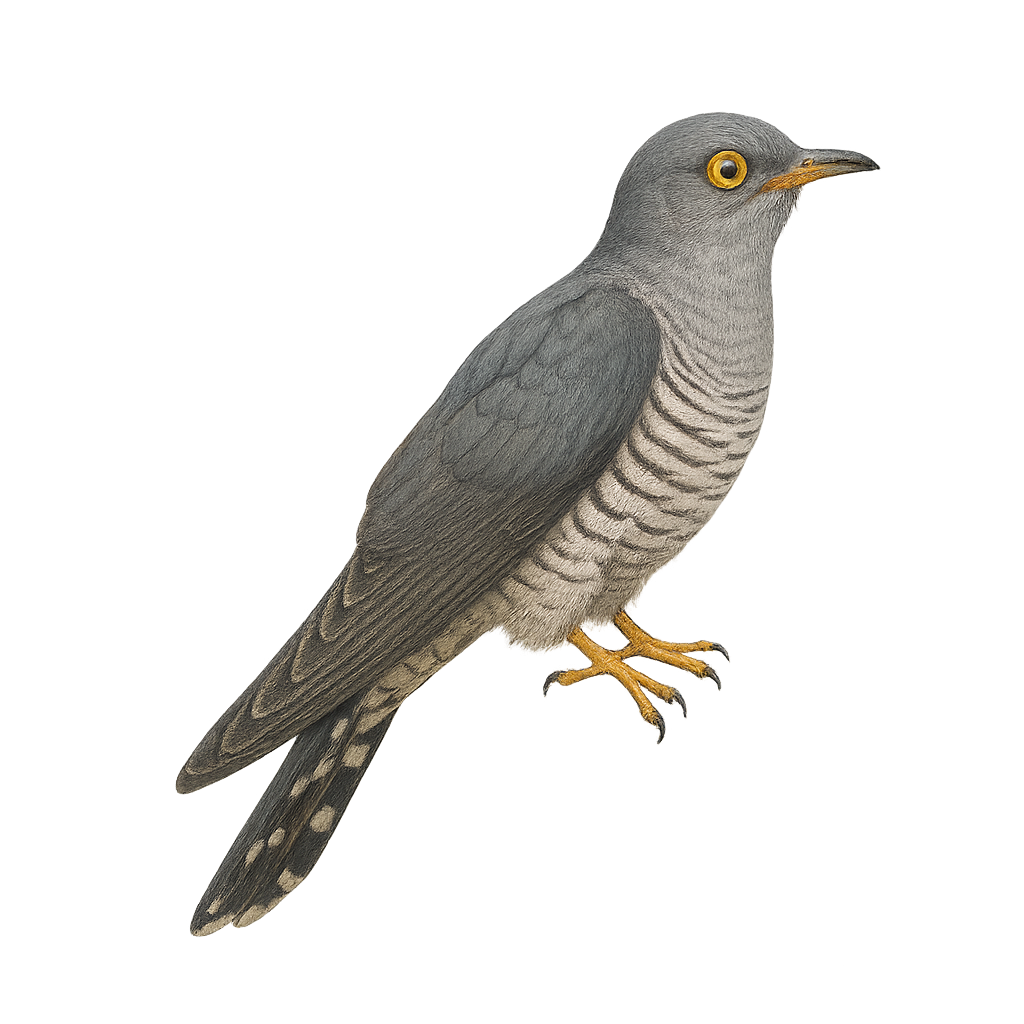Your wildlife photography guide.
Explore the common cuckoo in detail, study its behavior, prepare your shots.
Where to observe and photograph the common cuckoo in the wild
Learn where and when to spot the common cuckoo in the wild, how to identify the species based on distinctive features, and what natural environments it inhabits. The WildlifePhotographer app offers tailored photography tips that reflect the common cuckoo’s behavior, helping you capture better wildlife images. Explore the full species profile for key information including description, habitat, active periods, and approach techniques.
Common Cuckoo
Scientific name: Cuculus canorus

IUCN Status: Least Concern
Family: CUCULIDAE
Group: Birds
Sensitivity to human approach: Suspicious
Minimum approach distance: 10 m
Courtship display: April to June
Incubation: 11-13 jours
Hatchings: April to June
Habitat:
Forests, grasslands, wetlands
Activity period :
Primarily active during the day, with peak activity in the morning and late afternoon.
Identification and description:
The Common Cuckoo, Cuculus canorus, is a migratory bird known for its distinctive call and brood parasitism behavior. It measures about 32 to 34 cm in length with a wingspan of 55 to 60 cm. Its plumage is primarily gray with lighter shades on the belly. The Common Cuckoo is famous for laying its eggs in the nests of other birds, leaving the foster parents to raise its young. It inhabits various environments, including forests, grasslands, and wetlands. Widely distributed across Europe and Asia, it migrates to sub-Saharan Africa for the winter. Its call, a repeated "cuckoo," is often heard in spring.
Recommended lens:
400mm – adjust based on distance, desired framing (portrait or habitat), and approach conditions.
Photography tips:
To photograph the Common Cuckoo, it is advisable to use a telephoto lens of at least 400mm to capture detailed images without disturbing the bird. Look for areas where the cuckoo's call is frequent, often in spring. Be patient and discreet, as this bird can be suspicious. Forests and grasslands are ideal places to observe it. Prefer early morning hours to benefit from soft light and increased bird activity.
The WildlifePhotographer App is coming soon!
Be the first to explore the best nature spots, track rutting seasons, log your observations, and observe more wildlife.
Already 1 430 wildlife lovers subscribed worldwide

